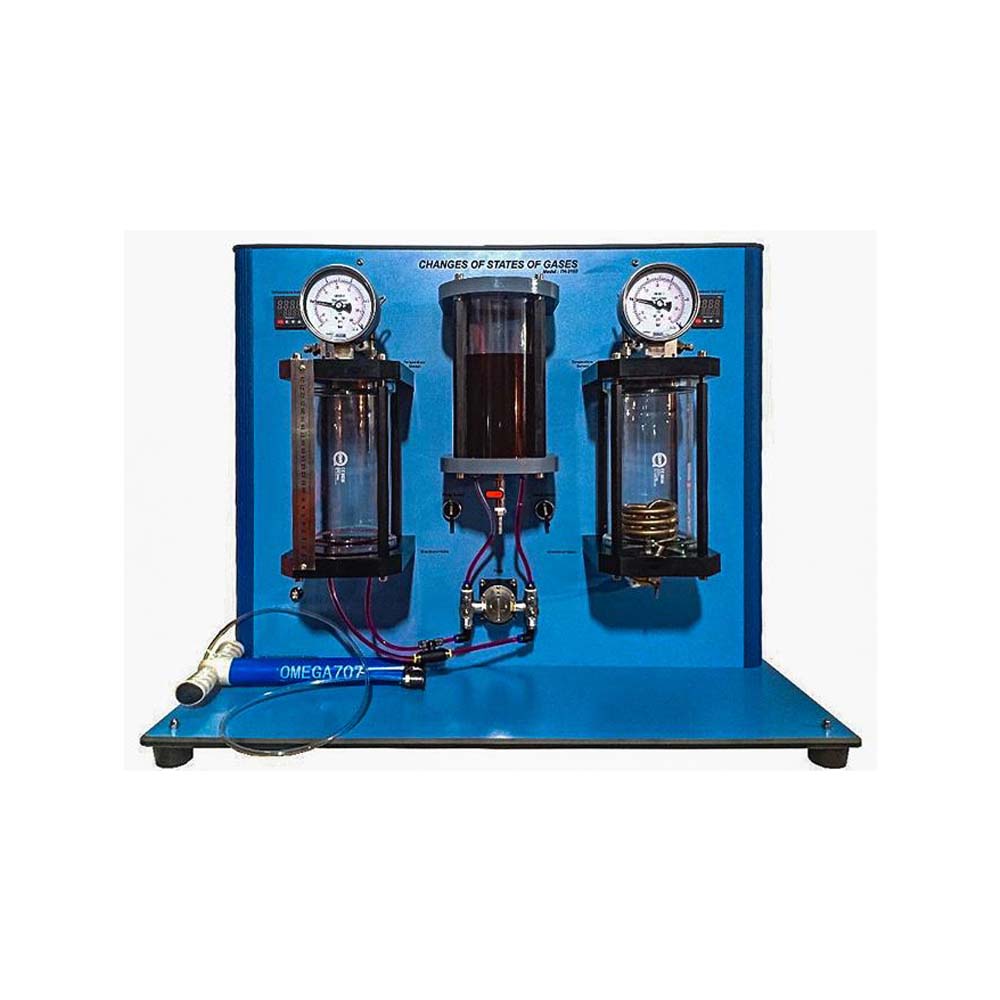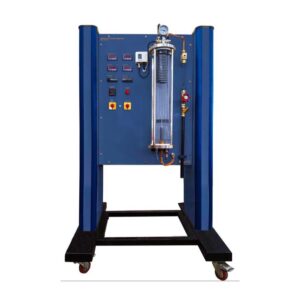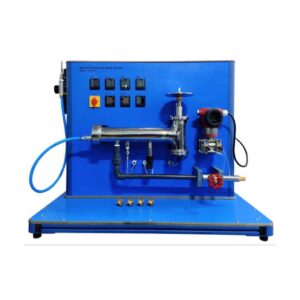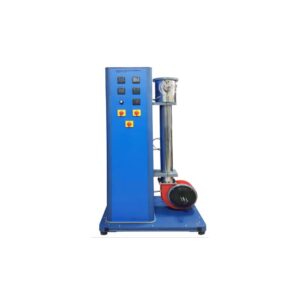Knowledge of gas laws is a fundamental requirement of any training course in thermodynamics. The unit Change of State of Gases enables the students to study two changes of state of gases experimentally. Boyle’sLaw deals with isothermic (Constant temperature) change of state on the other hand Gay-Lussac’s Law deals with isochoric (Constant Pressure) change of state. Air is used as a test gas and the state of change is observed through two transparent vessels. Familiarization with gas laws is a fundamental requirement of any training course in thermodynamics. The apparatus enables two changes of state to be studied experimentally: Isothermic change of state, also known as the Boyle-Mariotte Law, and isochoric change of state, which occurs at a constant volume. Transparent vessels enable the change of state to be observed. Air is used as the test gas. In vessel 1, positioned on the left, the enclosed air volume is reduced or increased using a pump and hydraulic oil. This results in an isothermic change of state. The pump can also operate as a vacuum pump. If the changes occur slowly, the change of state takes place at an almost constant temperature. In vessel 2, positioned on the right, the temperature of the test gas is increased by a controlled electric heater, and the resulting pressure rise is measured. The volume of the enclosed gas remains constant. Temperature is measured electronically & pressure is measured through a pressure gauge.
Experiments
- Demonstrating the laws of state changes in gases experimentally
- Isothermic change of state, Boyle-Mariotte Law.
- Isochoric change of state, Gay-Lussac’s Law.
Specifications
- Experimental investigation of gas laws
- Transparent measuring vessel 1 for investigation of isothermic change of state.
- Hydraulic oil filling for changing the volume of test gas
- The built-in pump ensures necessary pressure differences to move the oil volume.
- The pump can also be used as a vacuum pump
- 5/2-way valve for switching between compression and expansion
- Transparent measuring vessel 2 for investigation of isochoric change of state.
- Electrical heater with temperature control in vessel 2
- Sensors for temperatures and pressures.




